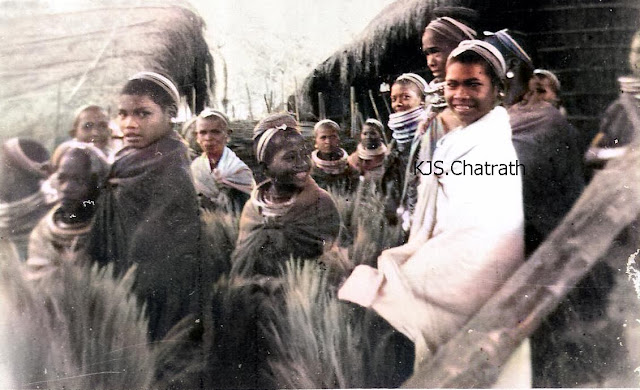'Vintage ads & posters, No. 11, Vatni soap & Madhubala' - by K J S Chatrath
DISCLAIMER: This is a not-for-profit blog and no infringement of copyright laws is intended. If some of the published images violate any copyrights, please contact us by email and those will be removed immediately with apologies.
It wasn't until the twentieth century that India saw the development of the soap industry in modern lines. In the year 1906, the Indian National Congress, at the prompting of Lokmanya Tilak, Ardeshir Godrej and others, administered the swadeshi vow in respect of soap. In 1916, the governments of Mysore and Madras started independent soap factories and two years later, in 1918, Ardeshir came out with a washing soap bar.
Ardeshir went on to experiment with the idea of making toilet soaps from vegetable oils instead of animal fats as was the accepted practice in most countries since the beginning of soap manufacture. In 1920, he produced the first toilet soap to be made purely from vegetable oils and sold commercially. The first vegetable-oil soap marketed by Ardeshir after many years of research was named 'No. 2'. No. 1 was introduced in the year 1922.
In 1926 came a soap named 'Turkish Bath'. Other soaps were later introduced from time to time, the most important of which was 'Vatni'. Shaving soaps were introduced in 1932 but soap petals and washing-soap grains made their appearance only around 1950.
Vatan means Motherland and Vatni means of the or belonging to one’s country or swadeshi.





Comments
Post a Comment